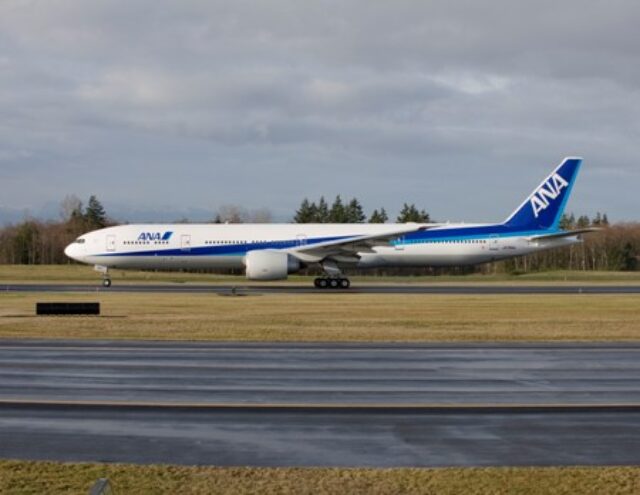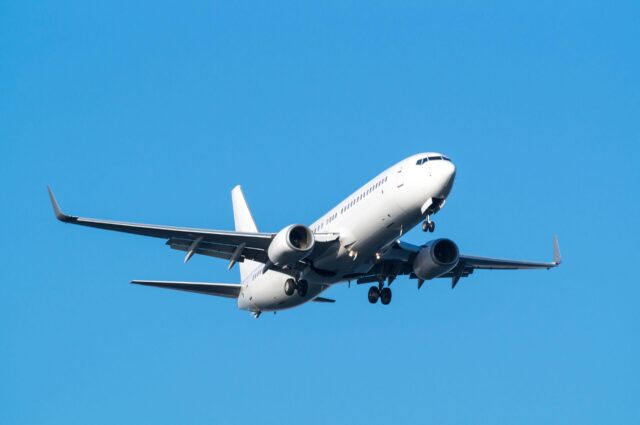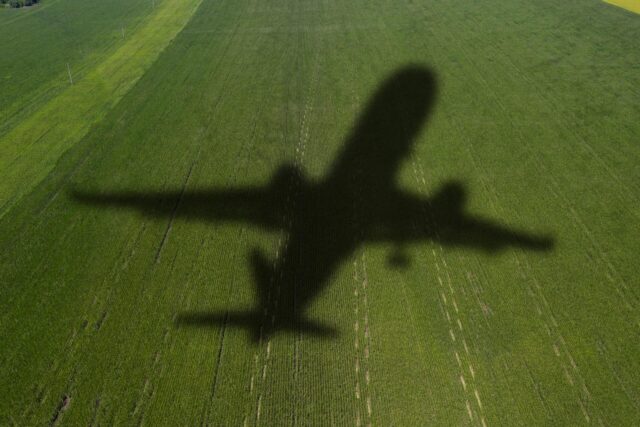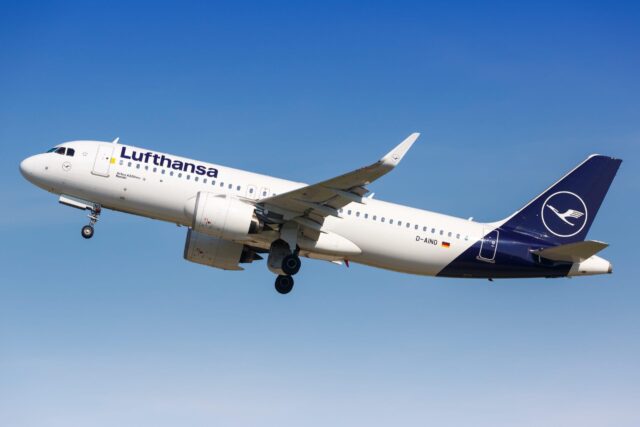Technology is key to resolving document verification issues
October 23, 2024

Airlines continuously remind passengers to have all the right documentation for travel, but in some instances, it’s the check-in process itself that fails to meet traveller expectations, so perhaps, new technologies will usher in a more seamless experience.
Check-in, be it online or at the airport, is usually the first step of the passenger journey and any complications or difficulties at this early stage can be unsettling for travellers.
For the most part, the reading of identity documents is fast and very accurate, and of course, governments have been doing that for decades. When it comes to compatibility and internationally-recognised travel documents and ID cards, it begins with using ICAO’s standards for travel document production, governance, and use.
Adonis Succar, vice president business management Middle East and Africa at SITA acknowledges that exceptions will arise. “There may be documents where the reading and verification technology is not sure if the documents are genuine or not,” he remarked. In those instances, where an anomaly is detected, according to Succar, the process then obliges passengers to submit their documents for manual inspection and validation by airline personnel or immigration officials.
Electronic verification
In terms of visas, the challenge with consistently reading them is that countries produce many different types of visas. “Not only are they issued for different purposes and categories of visitor, but some have electronic or online visas,” Succar highlighted, and he thinks, if this system relies on biometrics, it becomes very simple to check if a passenger has a valid visa or not. “So, once the passenger’s name and the passport or the travel document information is known, airlines can quickly and accurately check online to see if the passenger already has a valid visa or not,” he added.
However, some visas are still in the form of a piece of paper that’s stuck onto a page in a traveller’s passport. This usually requires someone to manually inspect the passport and the visa sticker to judge if the visa is valid. The challenge diminishes as more countries adopt electronic visas.
One of the standards under the IATA One ID programme is the digitalisation of admissibility. Louise Cole, IATA’s head of customer experience and facilitation explains: “This allows airlines to implement the technology in a way that enables passengers to scan their passport chip or biodata page, as well as any visas or other documents required in a secure way. They can then demonstrate to the airline that they have the right documents to travel prior to departure.”
Supposedly, the One ID system can allow complete check-in without the physical document being checking by the airline at the airport. “Passengers will be ready to fly before they arrive at the airport and can head straight to bag drop or the security gate,” said Cole.
Elsewhere, identity document readers are available to capture information from identity documents of different types. When presented with electronic passports, these identity document readers can obtain an electronic copy of the printed information from the passport’s embedded chip, and part of this information is the passport facial photo, stated Neville Pattinson, head of business development at Thales group’s DIS identity and biometric solutions.
“This facial image can be used to perform a one-to-one comparison with the traveller’s face without the need for large biometric systems, thereby allowing just a localised biometric facial match to be performed to ensure this is the same person who should be presenting the document,” Pattinson added.
Travel document conundrum
An ongoing dilemma is for travellers using travel documents issued by member states of the 1951 Refugee Convention, also known as ‘Titre de voyage.’ These individuals hold recognised refugee status and are therefore legally resident in a country outside of their own, but unable to obtain a national passport from their home country. In essence, the issuing country of the travel document will be the place of residence, and different from their nationality – and this is where complications at check-in begin. For instance, current systems often fail to read the visa status of these travel documents, because the nationality and issuing country are different prompting the passenger to use manual check-in desks at the airport, sometimes even online check-in fails.
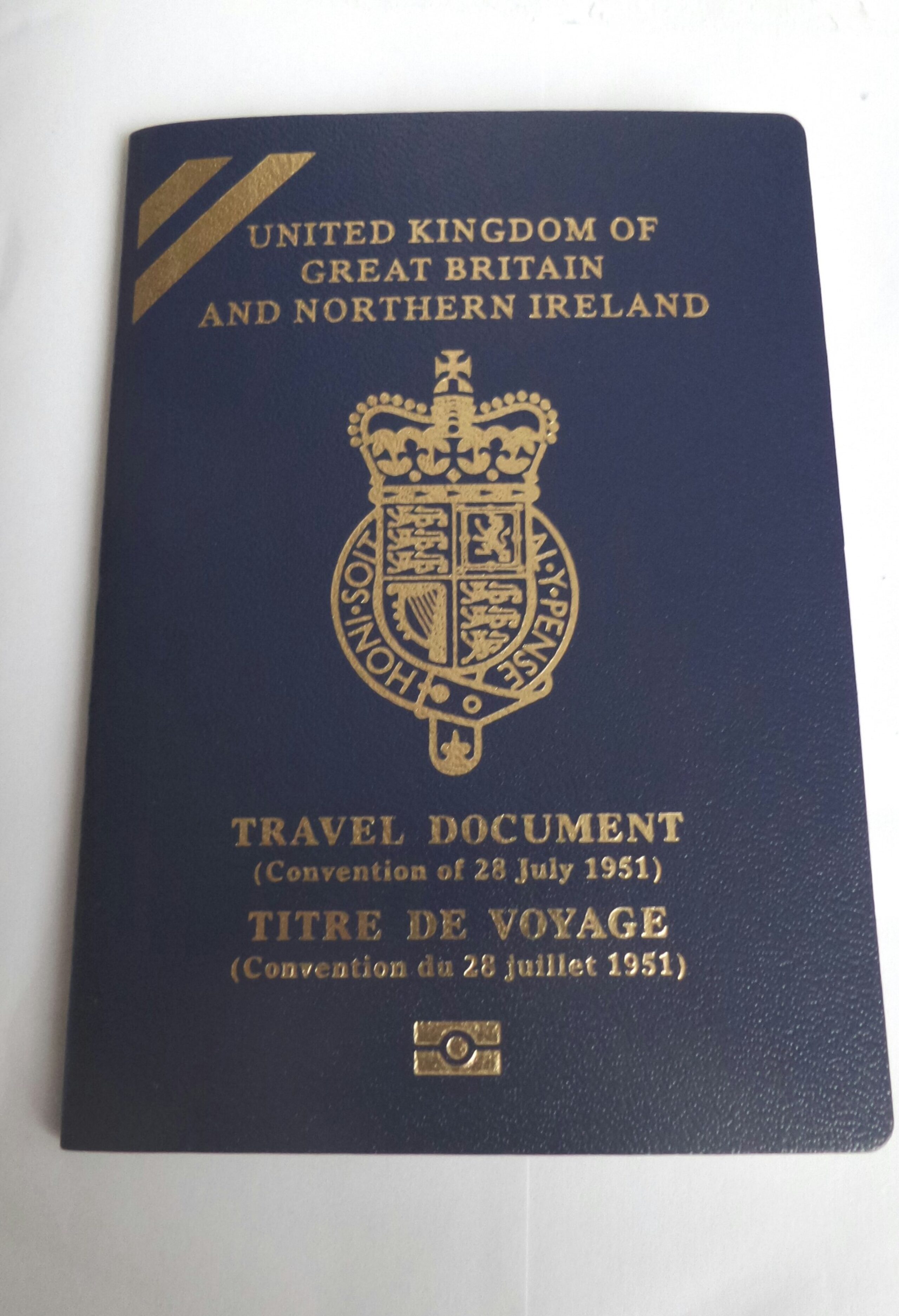
Titre de voyage travel documents generally have a non-standardised visa requirement regime. This means the need to have a visa, or not, depends on loose agreements between individual countries and visa requirements can change with little or no notice. For example, holders of the UK issued Titre de Voyage currently, travel visa-free to the Netherlands but require a visa to enter neighbouring Belgium. The problem is, not all airlines can validate this type of information in real time during the check in process and so require lengthy manual checks. In some instances, passengers have been wrongly denied boarding because of failed visa verification processes.
Such issues are avoidable because the technology that checks visa requirements in real time for users of different types of travel documents already exists – the IATA Travel Centre platform for example, but it appears, some airlines place little or no priority on the issue. Ultimately, any delay can be costly, or even open opportunity for legal challenges against the airlines for wrongful denied boarding.
Biometrics to the rescue?
By 2026, over 50% of airports plan to implement biometrics at check-in and bag drop and 70% of airlines expect to have biometric ID management in place, according to findings by SITA and its partner NEC Corporation.
The real measure of a successful biometric solution is how easier it makes things for passengers at each step of their journey. Airlines and airports want to see queues reduced or disappear altogether, freeing up space for more shopping and dining opportunities. Passengers expect biometrics to be useful in their daily lives, and that should include the departure and arrival journey, end-to-end, throughout the airport. The technology should leverage common industry standards for maximum compatibility and readability and to minimise the time to get the system up and running and to keep it running.
Also, biometric solutions must be intuitive, simple to use and easy to manage with minimal staff intervention and full integration with other touch points along the way, be it check-in, lounge access, security or boarding.






